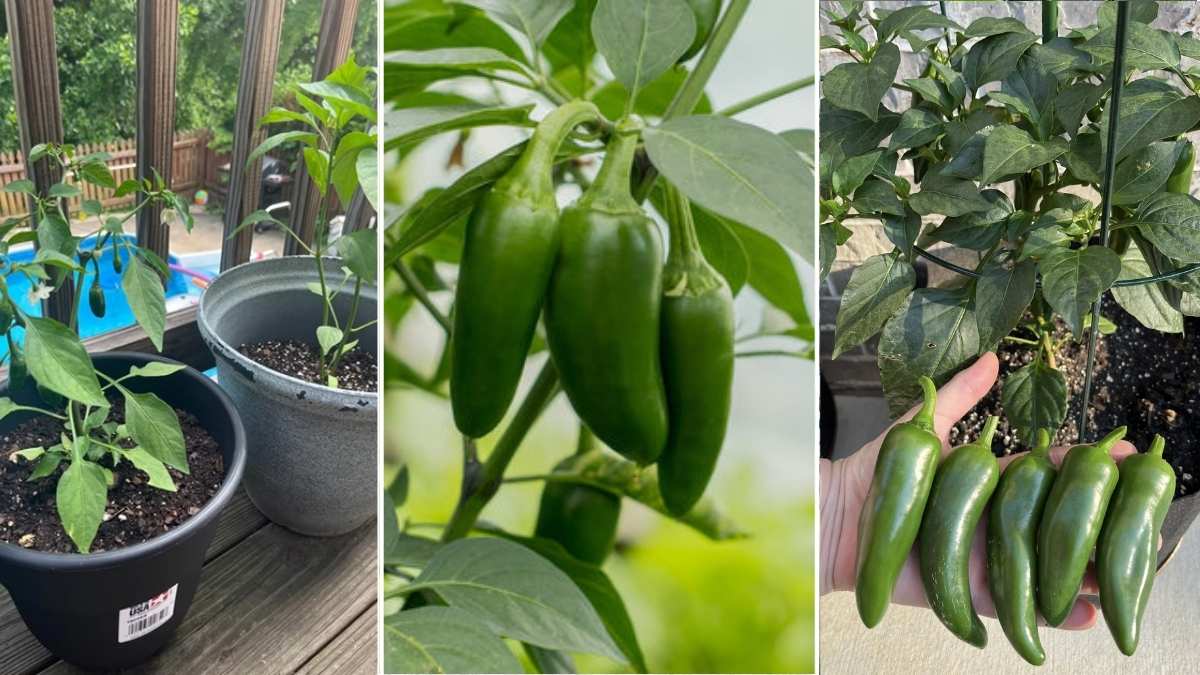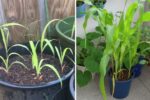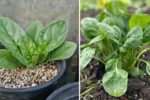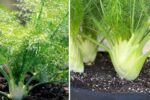Growing spicy jalapenos right on your balcony is a fun and rewarding experience. Not only do they add flavor to your meals, but they’re also pretty easy to grow, even in small spaces. Whether you’re a beginner or have some gardening experience, you can enjoy fresh, homegrown jalapenos all summer long. Let’s dive into how you can start growing your own spicy jalapenos!
Why Grow Jalapenos on Your Balcony?
If you’re wondering why you should grow jalapenos in your balcony garden, there are several good reasons. First off, they don’t need a ton of space just a sunny spot and a few containers. Second, jalapenos are perfect for people who love adding a little heat to their food. Imagine picking a fresh, spicy pepper just steps away from your kitchen!
Plus, growing your own jalapenos is super rewarding. It’s great to have fresh produce at your fingertips, and you’ll also save a little money by avoiding store-bought peppers that can sometimes be pricey.
- Small space-friendly
- Adds fresh, spicy flavor to your meals
- Cost-effective over time
Choosing the Right Container for Your Jalapenos
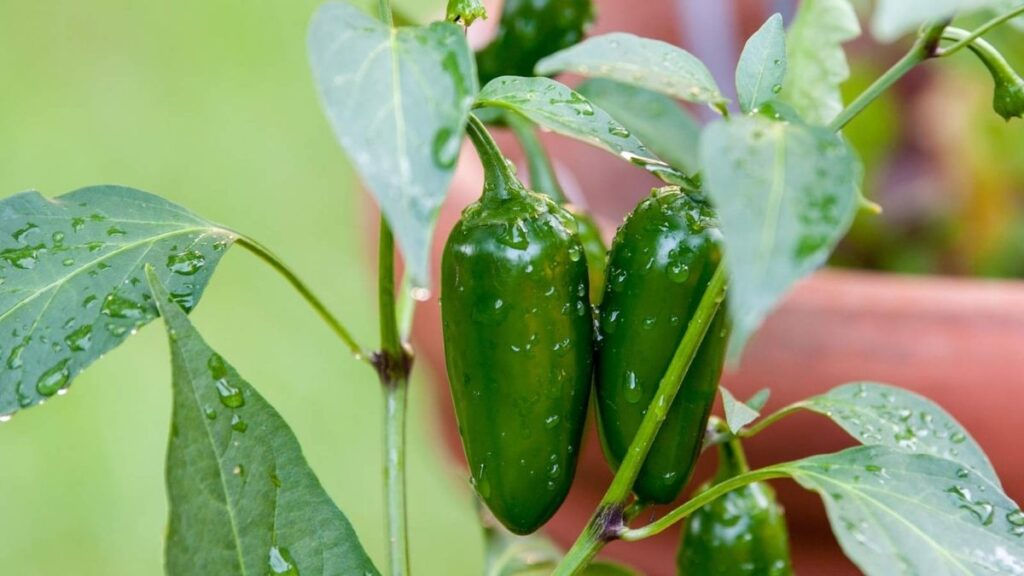
One of the first things you’ll need for a balcony garden is the right container. Jalapenos grow best in pots that are at least 10–12 inches deep. They need room for their roots to spread out, and a good-sized container ensures they get enough nutrients.
Plastic, ceramic, or fabric pots work well. Make sure your container has drainage holes to avoid waterlogging, which can harm the roots. If you’re unsure about the right size, go for a 12-inch pot—it’s a solid choice for most balcony spaces.
- Choose pots at least 10–12 inches deep
- Ensure drainage holes are present
- Fabric, plastic, or ceramic pots all work well
Selecting the Best Spot for Your Jalapenos
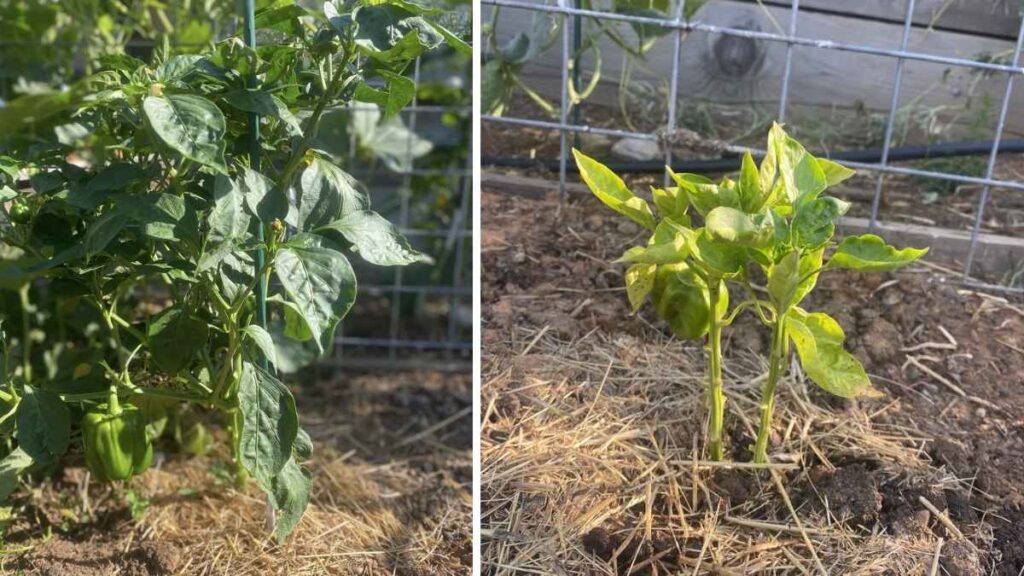
Jalapenos love the sun, so pick a spot on your balcony that gets at least 6–8 hours of direct sunlight each day. If your balcony is shaded for part of the day, consider using a movable pot to adjust the position and catch more sunlight as the day goes on.
If you live in a particularly hot area, some afternoon shade might actually help protect the plants from getting scorched. You’ll want to avoid spots with cold winds or constant dampness, as these can stress the plants.
- At least 6–8 hours of direct sunlight
- Consider movable pots for flexibility
- Avoid cold winds and excess moisture
When to Plant Jalapenos for the Best Harvest
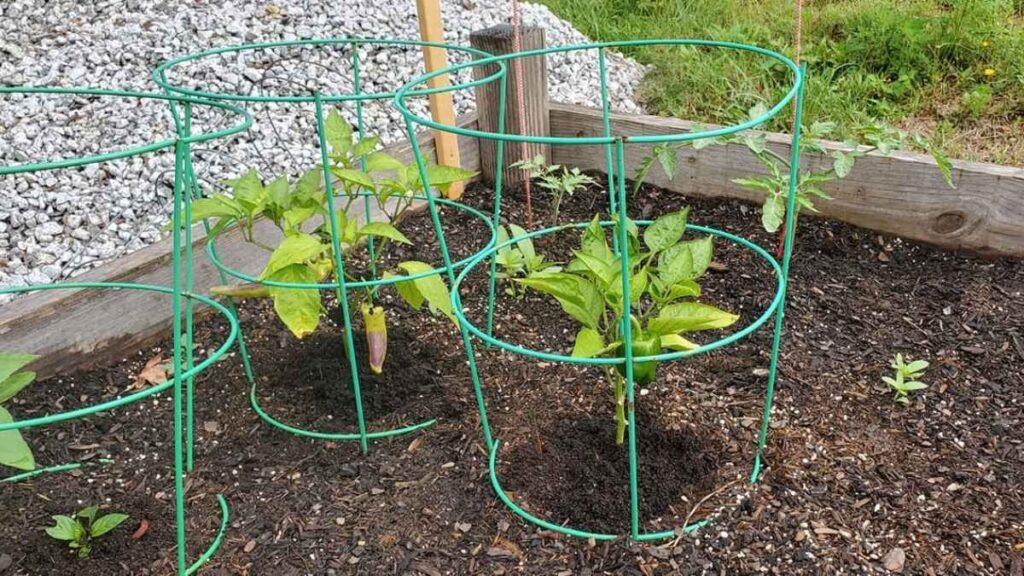
Timing is key to growing spicy jalapenos. If you’re planting from seeds, start indoors around 8–10 weeks before the last expected frost in your area. For example, if the last frost is in mid-April, you should start your seeds in early February. Jalapeno plants need warm temperatures to thrive, with daytime temps between 70°F and 85°F (21°C to 29°C).
If you’re planting from young seedlings (often available in garden centers), wait until after the last frost and the weather has warmed up.
- Start seeds 8–10 weeks before the last frost
- Seedlings can be planted after the last frost
Preparing the Soil for Maximum Flavor
Jalapenos thrive in well-draining, nutrient-rich soil. A good quality potting mix will usually do the trick. If you want to improve drainage, add a bit of perlite or coarse sand to the mix.
For optimal growth, the soil should be slightly acidic, with a pH level between 6.0 and 6.8. A simple soil test kit from a garden store can help you determine if your soil needs any adjustments.
- Well-draining, nutrient-rich potting mix
- pH level between 6.0 and 6.8
- Add perlite or sand for better drainage
Watering Your Jalapeno Plants Correctly
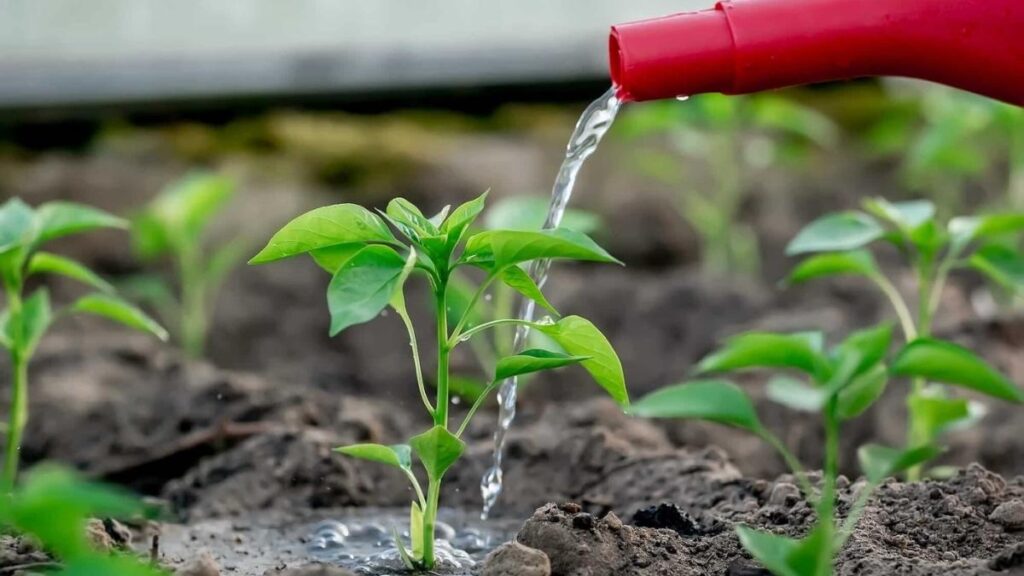
Watering is one of the most important aspects of growing healthy jalapenos. These plants prefer consistent moisture, but they don’t like being soggy. A good rule of thumb is to water them when the top inch of soil feels dry to the touch. Be sure to water deeply to encourage strong root development, but avoid leaving water standing in the pot.
During the hotter months, you might need to water your plants every day. In cooler weather, you can reduce watering to a few times a week. Always check the soil moisture to avoid over or underwatering.
- Water when the top inch of soil is dry
- Water deeply, but ensure proper drainage
- Increase watering in hot months; reduce in cool weather
Feeding Your Jalapenos for Bigger, Spicier Peppers
Jalapenos are hungry plants, so feeding them regularly will give you the best harvest. Use a balanced fertilizer (10-10-10) every 4–6 weeks during the growing season. If you prefer organic options, compost or organic liquid fertilizers work well too.
Once the peppers start forming, you can switch to a fertilizer with a higher potassium content to help boost fruit production. Over-fertilizing with too much nitrogen can result in lots of leaves but fewer peppers.
- Fertilize every 4–6 weeks during the growing season
- Use a balanced (10-10-10) or potassium-rich fertilizer
- Avoid over-fertilizing with nitrogen
Pruning Your Jalapeno Plants
Pruning may sound like a complicated task, but it’s really simple and beneficial for your plants. As your jalapeno plants grow, you can pinch off any small shoots or lower leaves that don’t look healthy. This helps the plant focus its energy on producing more peppers.
You don’t need to do much pruning, but if the plant gets too tall or bushy, trimming back the top can help encourage bushier growth. Just be gentle and avoid cutting off too many leaves at once.
- Pinch off unhealthy leaves and small shoots
- Trim the top to encourage bushy growth
- Prune lightly don’t remove too many leaves at once
How to Harvest Spicy Jalapenos
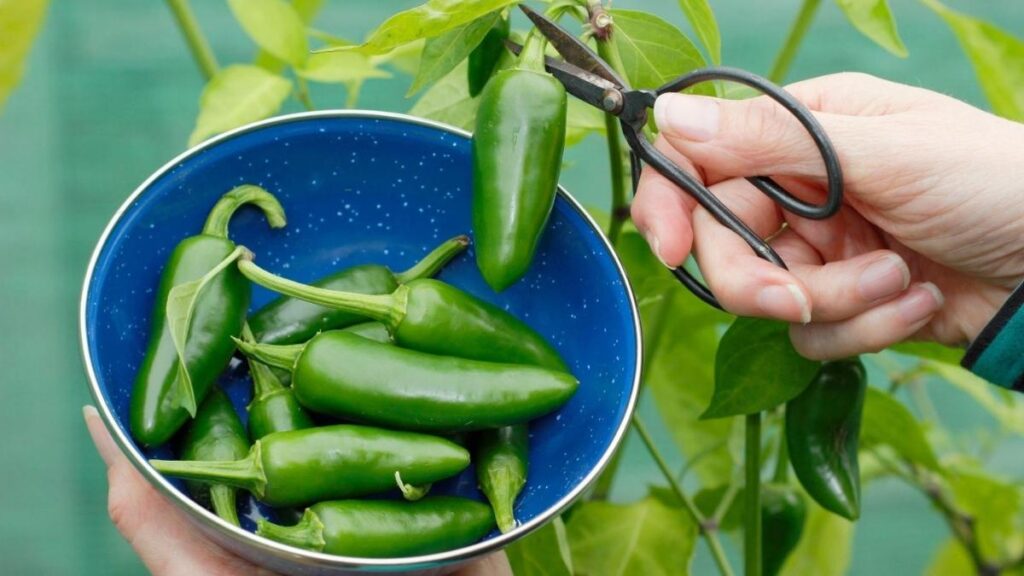
Jalapenos are typically ready to harvest about 70–80 days after planting, depending on growing conditions. The peppers should be firm and bright green when they’re ready to pick. For extra heat, you can wait until they turn red, but they’re still spicy when green.
To harvest, simply cut the peppers off the plant with scissors or garden shears avoid pulling them, as this could damage the plant. You can harvest multiple peppers at once or pick them one by one as they ripen.
- Harvest when peppers are firm and green (or red for extra heat)
- Use scissors or shears to cut them off the plant
- Harvest as they ripen, one at a time or all at once
Troubleshooting Common Problems
While jalapenos are relatively easy to grow, they can encounter a few issues along the way. Here are some common problems and how to address them:
- Yellowing Leaves: This could be a sign of nutrient deficiencies or overwatering. Make sure your plant gets balanced fertilizer and check soil moisture levels.
- Pests: Aphids and spider mites can be a problem for jalapenos. A simple solution is to spray the leaves with water or use organic insecticidal soap.
- Blossom Drop: If the flowers fall off without producing fruit, it could be due to temperature stress or inconsistent watering. Keep the plants in a stable environment.
Tips for Storing and Using Your Fresh Jalapenos
Once you’ve harvested your spicy peppers, you’ll want to use them quickly. Fresh jalapenos can last up to 2 weeks in the fridge. You can also pickle them for longer storage, or freeze them for use later. To freeze, simply chop them up and store them in an airtight bag or container.
Jalapenos can be used in a variety of dishes like salsa, nachos, and spicy stir-fries. If you’re feeling adventurous, try drying them to make your own chili powder!
- Fresh jalapenos last up to 2 weeks in the fridge
- Pickle or freeze for longer storage
- Use in salsa, nachos, or dry to make chili powder
Final Thoughts on Growing Jalapenos in Your Balcony Garden
Growing spicy jalapenos on your balcony garden is easier than you might think, and it’s a great way to enjoy fresh, flavorful peppers all summer long. With the right care and attention, you’ll soon be harvesting your own spicy crop. From choosing the right container to harvesting your peppers, you now have the tools to grow these tasty treats. Happy gardening, and enjoy the heat!
- Easy to grow in small spaces
- Rewarding, fresh harvests all season long
- Adds fresh heat to your meals
